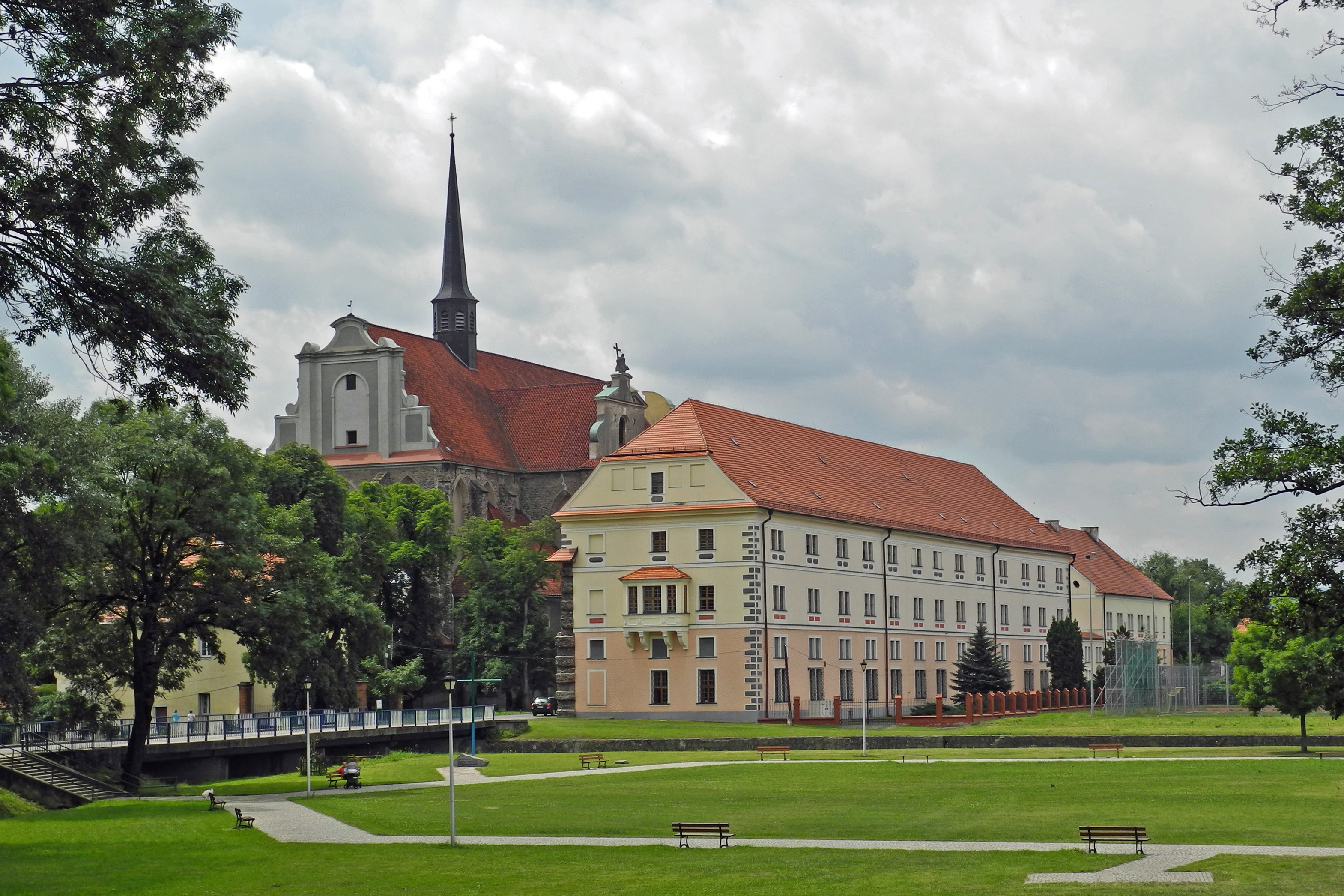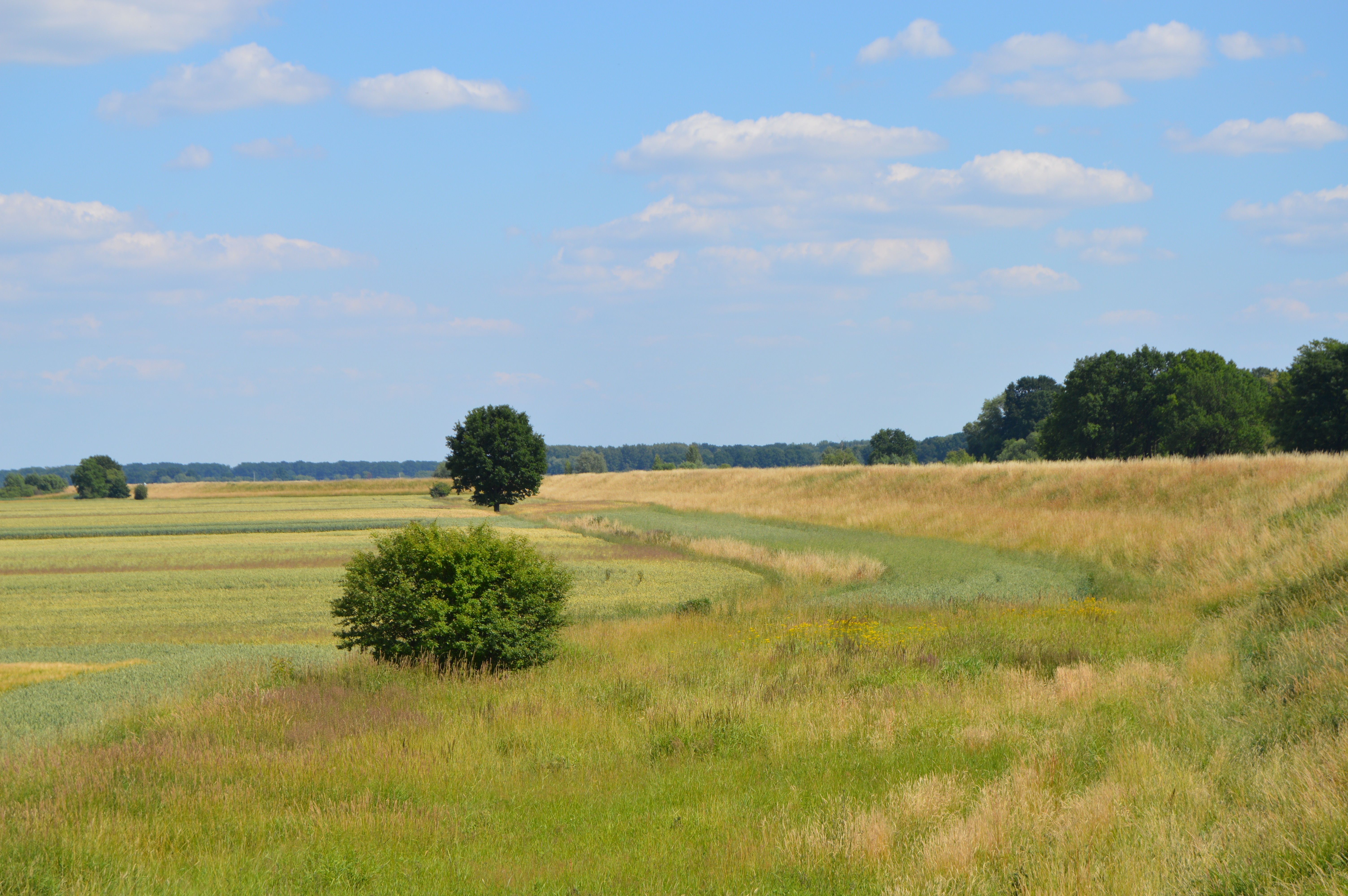|
Pogorzela, Opole Voivodeship
{{Brzeg-geo-stub ...
Pogorzela (german: Pogarell) is a village in the administrative district of Gmina Olszanka, within Brzeg County, Opole Voivodeship, in southern Poland. It lies approximately south of Brzeg and west of the regional capital Opole. History Pogorzela was the ancestral seat of the Pogorzelski family of Grzymała coat of arms. In 1333, Duke Bolesław III the Generous from the Piast dynasty granted the village to Przecław of Pogorzela and his brother. In 1344, Bishop Przecław granted various benefits from the village to the monastery in Kamieniec Ząbkowicki. Notable people *Przecław of Pogorzela (1310–1376), Bishop of Wrocław References Pogorzela Pogorzela is a town in Gostyń County, Greater Poland Voivodeship, Poland, with 2,037 inhabitants (). Pogorzela is located on the western edge of the Kalisz Upland, at the junction of county roads Krotoszyn-Gostyń and the Koźmin Wielkopolski-Kr ... [...More Info...] [...Related Items...] OR: [Wikipedia] [Google] [Baidu] |
Countries Of The World
The following is a list providing an overview of sovereign states around the world with information on their status and recognition of their sovereignty. The 206 listed states can be divided into three categories based on membership within the United Nations System: 193 member states of the United Nations, UN member states, 2 United Nations General Assembly observers#Present non-member observers, UN General Assembly non-member observer states, and 11 other states. The ''sovereignty dispute'' column indicates states having undisputed sovereignty (188 states, of which there are 187 UN member states and 1 UN General Assembly non-member observer state), states having disputed sovereignty (16 states, of which there are 6 UN member states, 1 UN General Assembly non-member observer state, and 9 de facto states), and states having a political status of the Cook Islands and Niue, special political status (2 states, both in associated state, free association with New Zealand). Compi ... [...More Info...] [...Related Items...] OR: [Wikipedia] [Google] [Baidu] |
Kamieniec Ząbkowicki
Kamieniec Ząbkowicki (german: Kamenz N.S.) is a town in Ząbkowice Śląskie County, Lower Silesian Voivodeship, in south-western Poland. It is the seat of the administrative district (gmina) called Gmina Kamieniec Ząbkowicki. The town is an important railroad junction, located on the main line which links Wrocław with Kłodzko and Prague. In Kamieniec, this route crosses with the west-east connection from Jaworzyna Śląska to Kędzierzyn-Koźle. It lies approximately south-east of Ząbkowice Śląskie, and south of the regional capital Wrocław. The village has a population of 4,200. History The name of the town comes from the Polish word ''kamień'', which means "stone". It was mentioned in the oldest Polish chronicle ''Gesta principum Polonorum'' from the early 12th century. The place is known for the former Kamieniec Abbey, established in 1209 as an Augustinian college by Bishop Wawrzyniec of Wrocław at the site of a former castle of Bretislaus II of Bohemia. It wa ... [...More Info...] [...Related Items...] OR: [Wikipedia] [Google] [Baidu] |
Przecław Of Pogorzela
Przecław of Pogorzela ( pl, Przecław z Pogorzeli; 5 March 1310 – 6 April 1376 in Otmuchów) was a Cardinal of the Roman Catholic Church and Bishop of Wrocław and Duke of Nysa from 1342–1376. at GCatholic.org. Przecław of Pogorzela was born in 1310 into a noble family in the Duchy of Brześc.Przecław z Pogorzeli /ref> By April 1329 he was of |
Piast Dynasty
The House of Piast was the first historical ruling dynasty of Poland. The first documented Polish monarch was Duke Mieszko I (c. 930–992). The Piasts' royal rule in Poland ended in 1370 with the death of king Casimir III the Great. Branches of the Piast dynasty continued to rule in the Duchy of Masovia and in the Duchies of Silesia until the last male Silesian Piast died in 1675. The Piasts intermarried with several noble lines of Europe, and possessed numerous titles, some within the Holy Roman Empire. The Jagiellonian kings after John I Albert were also descended in the female line from Casimir III's daughter. Origin of the name The early dukes and kings of Poland are said to have regarded themselves as descendants of the semi-legendary Piast the Wheelwright (''Piast Kołodziej''), first mentioned in the '' Cronicae et gesta ducum sive principum Polonorum'' (Chronicles and deeds of the dukes or princes of the Poles), written c. 1113 by Gallus Anonymus. However, the ter ... [...More Info...] [...Related Items...] OR: [Wikipedia] [Google] [Baidu] |
Bolesław III The Generous
Boleslaw III the Wasteful ( pl, Bolesław III Rozrzutny; 23 September 1291 – Brieg, 21 April 1352), was a Duke of Legnica, Brzeg (Brieg) from 1296 until 1342, and Duke of Wrocław from 1296 until 1311. He was the eldest son of Henry V the Fat, Duke of Legnica and Wrocław, by his wife Elisabeth, daughter of Bolesław the Pious, Duke of Greater Poland. Life Bolesław's father died in 1296 when he was only five years old. His mother, the Duchess Elisabeth and his paternal uncle Bolko I became Regents. Both soon died, Bolko in 1301 and Elisabeth in 1304. Between 1301-02 the official guardianship of Henry V's sons was taken by Henry of Würben, Bishop of Wrocław, but after almost a year he was removed from this post for his alleged prodigality. By that time, King Wenceslaus II of Bohemia was determined to take advantage of the wealth and strategic location of the Duchy of Wrocław. In 1302 the young Bolesław was sent to the court of Prague and was betrothed to the seven-yea ... [...More Info...] [...Related Items...] OR: [Wikipedia] [Google] [Baidu] |
Grzymała Coat Of Arms
Grzymała - is a Polish coat of arms. It was used by several szlachta families in the times of the Polish–Lithuanian Commonwealth. History Some authorities believe that this coat of arms was brought to Poland from Germany by a knight named Zylberschweg or Zelberszwecht. It is, however, one of the oldest Polish coats of arms, whose clan's war cry was Grzymała (for Thunder). The original homeland of this clan was the district of Łomża in Masovia. The coat of arms was later augmented to reflect a knight in full battle armor standing in the gate, whose left arm held a shield, whose right arm held a raised sword. This augmentation was received by Przecław Grzymała, for his courageous defense of the city Płock in 1078 against the Jatwings from Prince Władisław Hermann. Subsequently the coat of arms was also abated: Prince Boleslaw Wstydliwy of Poland (1127–1179), exiled the knight Grzymała, owner of Goślice in the Palatinate of Płock, on the suspicion of treacherous ... [...More Info...] [...Related Items...] OR: [Wikipedia] [Google] [Baidu] |
Opole
Opole (; german: Oppeln ; szl, Ôpole) ; * Silesian: ** Silesian PLS alphabet: ''Ôpole'' ** Steuer's Silesian alphabet: ''Uopole'' * Silesian German: ''Uppeln'' * Czech: ''Opolí'' * Latin: ''Oppelia'', ''Oppolia'', ''Opulia'' is a city located in southern Poland on the Oder River and the historical capital of Upper Silesia. With a population of approximately 127,387 as of the 2021 census, it is the capital of Opole Voivodeship (province) and the seat of Opole County. Its built-up (or metro area) was home to 146,522 inhabitants. It is the smallest city in Poland that is also the largest city in its province. Its history dates to the 8th century, and Opole is one of the oldest cities in Poland. An important stronghold in Poland, it became a capital of a duchy within medieval Poland in 1172, and in 1217 it was granted city rights by Duke Casimir I of Opole, the great-grandson of Polish Duke Bolesław III Wrymouth. During the Medieval Period and the Renaissance, the city was ... [...More Info...] [...Related Items...] OR: [Wikipedia] [Google] [Baidu] |
Brzeg
Brzeg (; Latin: ''Alta Ripa'', German: ''Brieg'', Silesian German: ''Brigg'', , ) is a town in southwestern Poland with 34,778 inhabitants (December 2021) and the capital of Brzeg County. It is situated in Silesia in the Opole Voivodeship on the left bank of the Oder river. The town of Brzeg was first mentioned as a trading and fishing settlement in the year 1234. In 1248, Silesian Duke Henry III the White granted the settlement Magdeburg town rights and by the late 13th century the city became fortified. Sometimes referred to as “the garden town”, the town's size greatly expanded after the construction of dwelling houses which were located on the city outskirts. From the early 14th to late 17th centuries, the town was ruled by the Piast dynasty as fiefs of the Bohemian Crown within the Holy Roman Empire. Later, as the result of the Silesian Wars, the town became Prussian. After the border shifts of 1945, the town's German populace was expelled and the town became part of P ... [...More Info...] [...Related Items...] OR: [Wikipedia] [Google] [Baidu] |
Village
A village is a clustered human settlement or community, larger than a hamlet but smaller than a town (although the word is often used to describe both hamlets and smaller towns), with a population typically ranging from a few hundred to a few thousand. Though villages are often located in rural areas, the term urban village is also applied to certain urban neighborhoods. Villages are normally permanent, with fixed dwellings; however, transient villages can occur. Further, the dwellings of a village are fairly close to one another, not scattered broadly over the landscape, as a dispersed settlement. In the past, villages were a usual form of community for societies that practice subsistence agriculture, and also for some non-agricultural societies. In Great Britain, a hamlet earned the right to be called a village when it built a church. [...More Info...] [...Related Items...] OR: [Wikipedia] [Google] [Baidu] |
Voivodeship Road
According to classes and categories of public roads in Poland, a voivodeship road ( pl, droga wojewódzka) is a category of roads one step below national roads in importance. The roads are numbered from 100 to 993. Total length of voivodeship roads in Poland is of which are unpaved (2008).Transport – activity results in 2008 , List of voivodeship roads Current list of voivodeship roads has been established with regulation of General Director of National Roads and Motorways from 2 December 2008[...More Info...] [...Related Items...] OR: [Wikipedia] [Google] [Baidu] |
Poland
Poland, officially the Republic of Poland, is a country in Central Europe. It is divided into 16 administrative provinces called voivodeships, covering an area of . Poland has a population of over 38 million and is the fifth-most populous member state of the European Union. Warsaw is the nation's capital and largest metropolis. Other major cities include Kraków, Wrocław, Łódź, Poznań, Gdańsk, and Szczecin. Poland has a temperate transitional climate and its territory traverses the Central European Plain, extending from Baltic Sea in the north to Sudeten and Carpathian Mountains in the south. The longest Polish river is the Vistula, and Poland's highest point is Mount Rysy, situated in the Tatra mountain range of the Carpathians. The country is bordered by Lithuania and Russia to the northeast, Belarus and Ukraine to the east, Slovakia and the Czech Republic to the south, and Germany to the west. It also shares maritime boundaries with Denmark and Sweden. ... [...More Info...] [...Related Items...] OR: [Wikipedia] [Google] [Baidu] |




